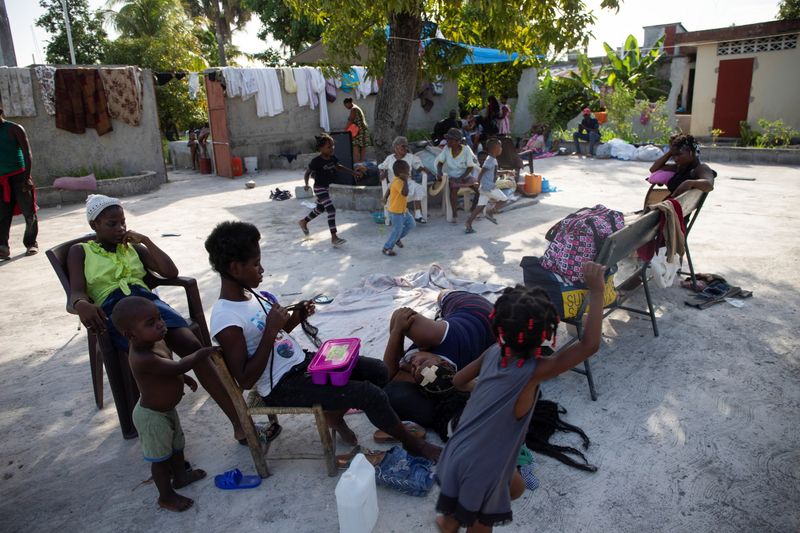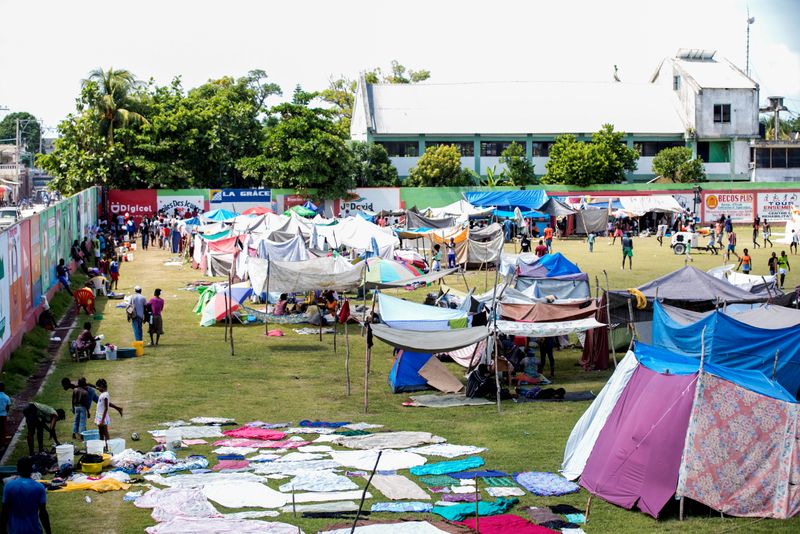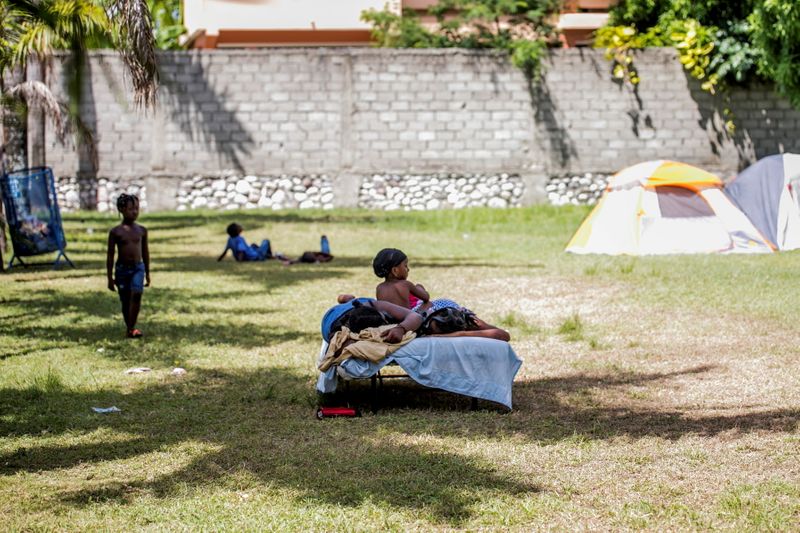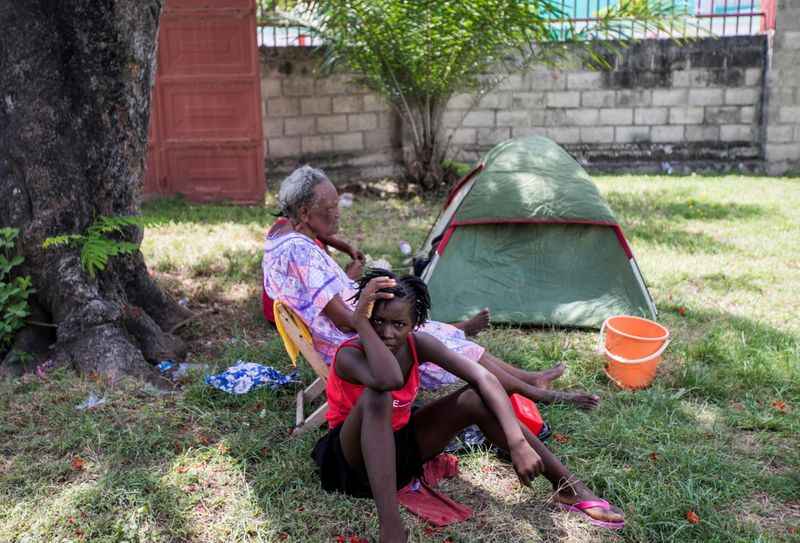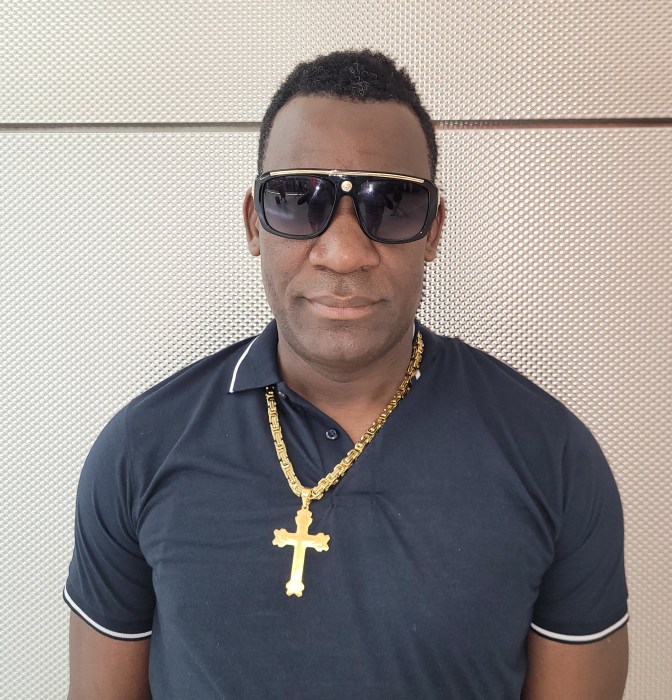PORT-AU-PRINCE (Reuters) – When the ground shook in Haiti’s capital in 2010, Alix Percinthe thought it was just a big vehicle passing by and stayed indoors. Only later, when he went out and saw destruction and death everywhere, did he realize an earthquake had struck.
This time, the second he felt the first tremors of the magnitude 7.2 earthquake, he knew he had to get out into the street.
“I was sleeping and without hesitation I decided to go outside, whereas in 2010 I was just lucky the house didn’t fall down on me because I had no clue,” said Percinthe, an officer for charity ActionAid.
For each of the two major quakes to have hit the impoverished Caribbean country in the last 11 years, the 42-year happened to be in the worst-affected area – first the capital Port-au-Prince and then southwestern Haiti.
Like many other Haitians, he feels lives were potentially saved during Saturday’s quake by the lessons ordinary people learned from what they call “the Big One” in 2010 that flattened much of Port-au-Prince and killed more than 200,000 people.
Even those who did not experience that tremor heard about it on the news. Schools and nongovernmental organizations thereafter sought to improve earthquake preparedness.
Back then, said Haiti’s top seismologist, Claude Prepetit, “people who were in the street rushed to go back to their houses to take shelter.” But on Saturday, he was relieved to see that they did the opposite.
So far, the death toll from this tremor – which was stronger but hit a less densely populated area – stands at around 1,300, with some 27,000 homes destroyed or damaged.
While it is likely to increase, officials hope to prevent additional deaths by advising people to avoid potentially damaged homes.
“Back then, many people died even after the main quake because they remained in homes that had cracks and then crumbled,” Percinthe said from the town of Jeremie. “Today, most people sleep in the street.”
In nearby Les Cayes, former politician Yvon Pierre, 69, said he and hundreds of others would be sleeping outside as long as there were aftershocks, which authorities Sunday warned continued to be violent, of a magnitude of 4.5 to 5.
EARTHQUAKE PREPAREDNESS
Even in Port-au-Prince, where the tremor was felt but did not appear to cause significant damage, Haitians say they rushed out into the street.
“The first earthquake, I didn’t really know what it was,” said Sarah Chery, 28, who ran outside on Saturday, uncertain about how bad it would be. “Today I understand better.”
While a system of seismic faults runs through Haiti, in 2010 it had been more than a century since the last major earthquake had struck. This time, memories were fresh.
David Jean, 34, a security agent, lived in an area of the capital that was almost totally flattened in 2010. When he felt the bed and walls shaking early on Saturday, he understood straightaway what was going on.
“My wife and I rushed towards the door – I was worried we might get stuck,” he said. “Outside, I planted myself in the middle of the road. People were shouting, crying and even praying.”
No matter the awareness, many people simply would not have had time to react – especially in the countryside where precarious buildings might collapse immediately, said Eveline Dominique Chery of the U.N. children’s agency UNICEF.
“I survived OK with my two kids because my house was built after 2010 with the seismic building codes we were taught,” she said. “But, in Haiti, everyone does as they can.”
So while greater awareness is a start, far more measures, like building more earthquake-resistent structures, are needed to make the country resilient for the next one, experts say.
“We live in an earthquake-prone country,” said seismologist Prepetit. It can happen at any time as we always say – we must be prepared.”
(Reporting by Gessika Thomas in Port-au-Prince and Sarah Marsh in Havana; additional Reporting by Andre Paultre in Port-au-Prince; editing by Jonathan Oatis)

